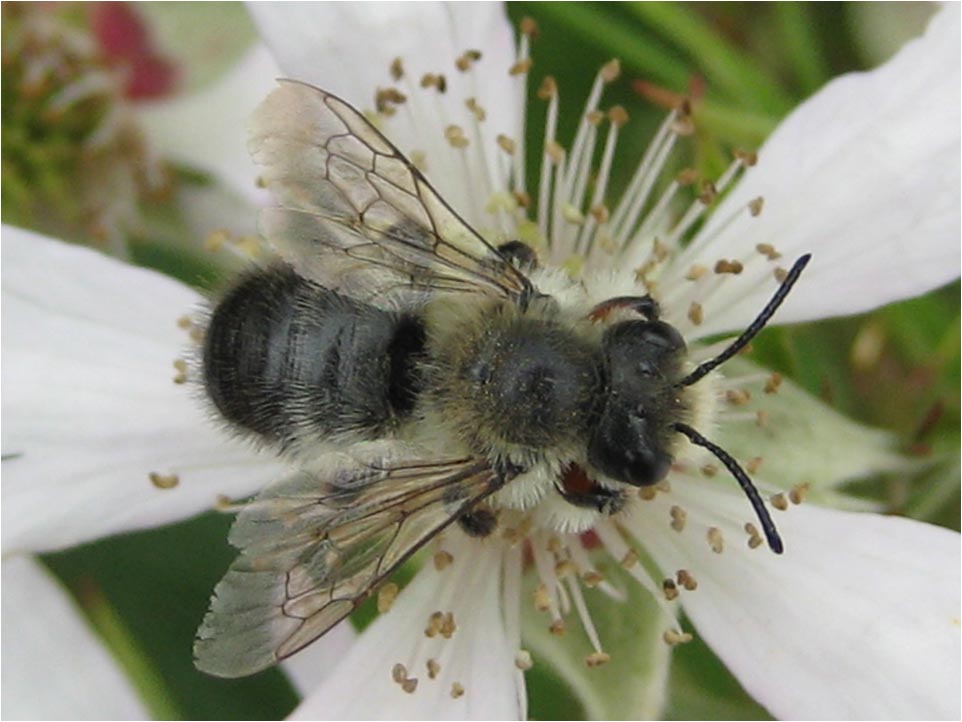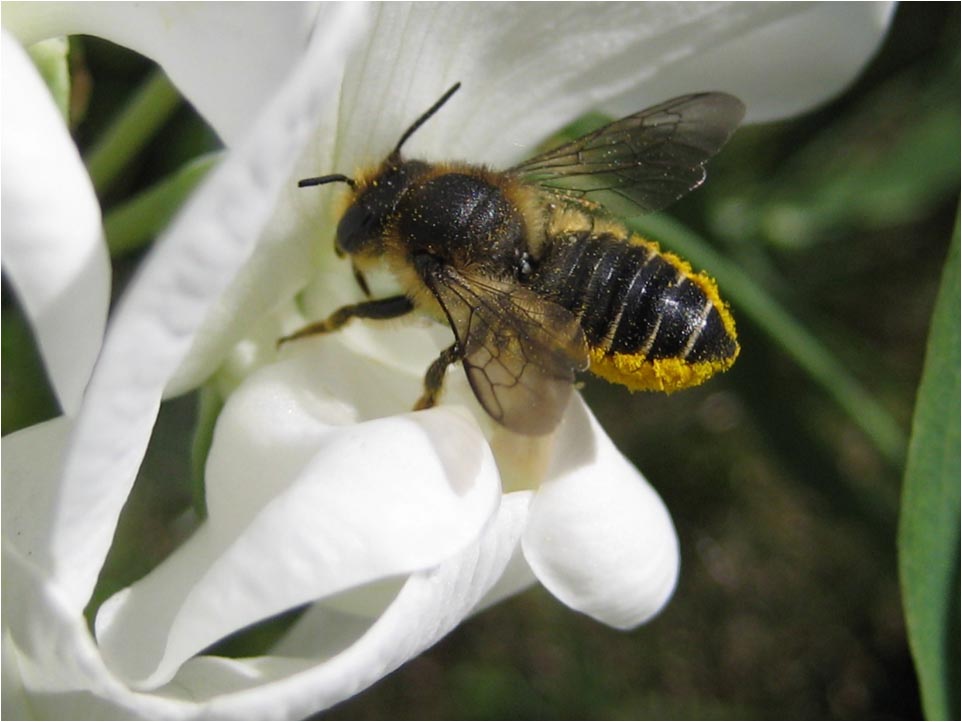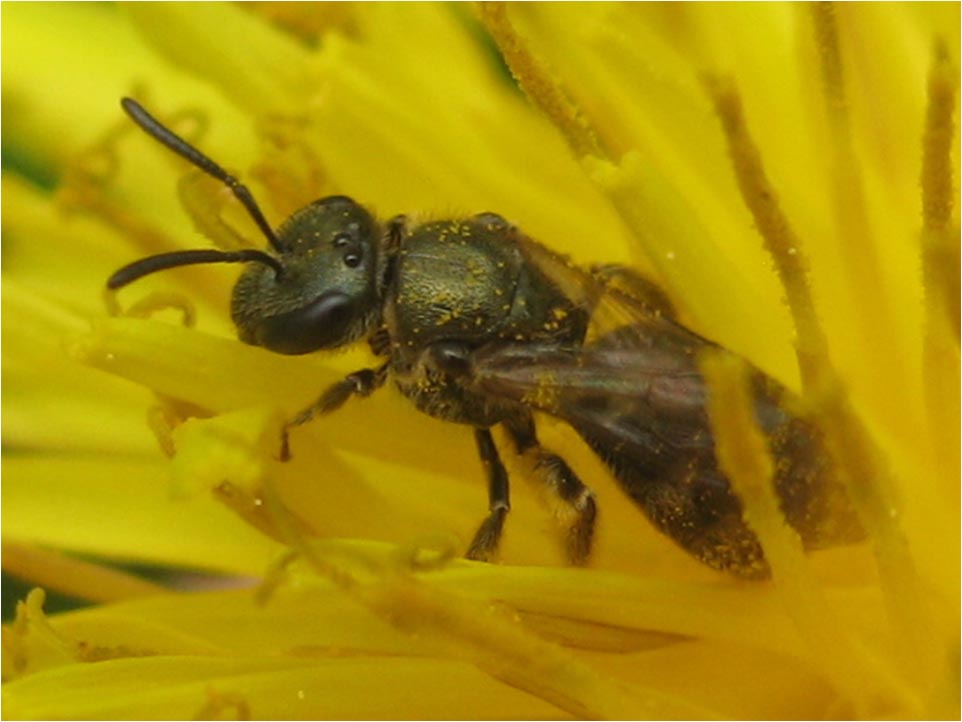A little over 20 years ago I was on a field trip during a block course on the natural history, geology and geography of the Pacific Northwest. This particular trip was to Nisqually Delta, where part of the glacial runoff from Mount Rainier flows into the south end of Puget Sound in Washington State. We were, as a class, eating our lunch next to a creek that flowed across the south side of the delta. In the creek were several ducks.
 Different ducks in a different creek, years later.
Different ducks in a different creek, years later.
As I sat half-listening to the conversations going on around me, my future-husband Matt started rattling off the names of the different species of ducks in the creek – mallard, goldeneye, bufflehead. Up until that point in my life it had never occurred to me that there were more than one kind of duck – I thought they were all mallards. But as Matt pointed them out I looked at them, really looked at them, and started seeing the different color patterns, sizes, and behavior.
I tell you this story because I find that most people have a similar experience when I start talking about bees; they don’t realize that there are more than one or two kinds of bee when, in fact, there are thousands of different species!
Everyone is familiar with the honey bee, Apis mellifera. What many folks don’t realize is that the honey bee isn’t native to North America (where I give my talks). Honey bees were brought here back in 1622 as a source of honey. They are basically the cattle of the insect world.

Most everyone is also familiar with the teddy bear of bees, the bumblebee (
Bombus spp.). There are many different species of bumblebee, all with different color patterns. I’m still working on identifying this particular species (I have a hunch it’s a male
Bombus but I’m not sure).

Some people are familiar with the mason bee (
Osmia spp.) because these animals are often sold at nurseries to people who want to boost pollination in their orchards and gardens.
(Important! If you want to do this, be sure you are buying local bees! Interstate sales of native bees is causing the spread of disease and parasites that hurt our native populations!) Mason bees are so named because the females use mud to separate the egg chambers in her nest tube.

The last two bees I’ll show you today are less well-known. It took me two years to figure out what I’d seen after my first sighting of a leafcutter bee (
Megachile spp.). Leafcutters cut small pieces of leaf or flower petals to protect and separate their eggs. When I saw my first green dot zoom by in the garden, I thought I must have imagined it. Two years later I was able to track down the next green dot I saw and discovered it was being carried by a leafcutter bee. Now I see them regularly in my garden.

I read that the sweat bee (
Lasioglossum spp. in this photo) got its name because it has a tendancy to lick sweat from people’s skin. I’ve yet to witness this behavior (perhaps because it seldom gets hot enough to make people sweat here on the coast of Washington State) but I do find sweat bees to be very friendly and socialble. They are one of the tiniest bees I’ve come across, measuring about 3/8ths of an inch long.

There are more than 200 species of native bees in Western Washington. The few I described above are the most common genera I’ve had personal encounters with and have been able to identify. Each year I survey native bees in my area, helping to build my knowledge of these amazing animals while collecting valuable data about who is living here.
If you live in Pacific or Clatsop Counties and are interested in surveying native bees yourself, send me an email at beementor@gmail.com and I can help you get started! 🙂
Comments
comments






{ 2 comments }
What’s that fuzzy bee that pollinates rhododendrons? It has a reddish stripe in the middle somewhere (I can’t tell you which body part, because it’s very fuzzy). Anyway, I’ve always loved those and would like to know what they are.
Without more information I would guess that you are thinking of a type of bumblebee. If you’re in the Pacific Northwest, it may be Bombus melanopygus.